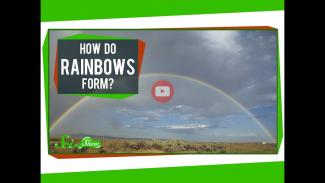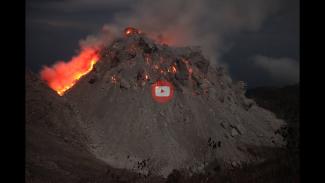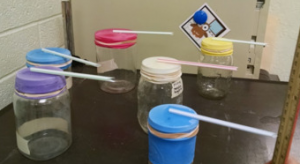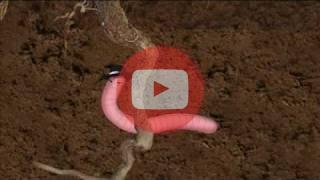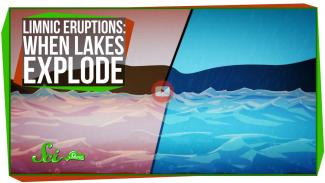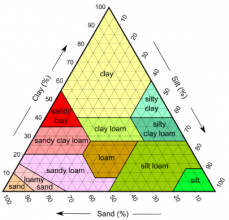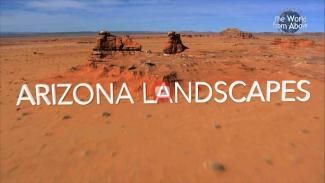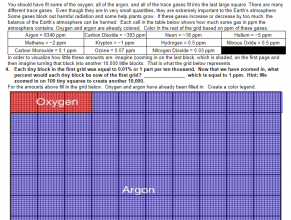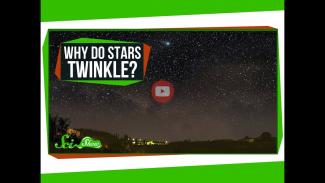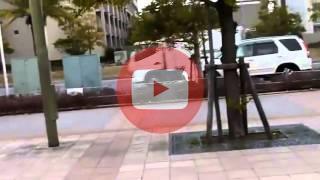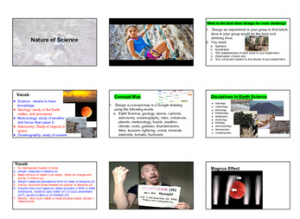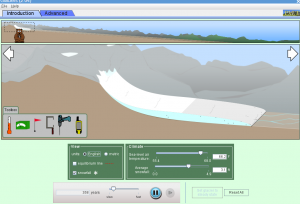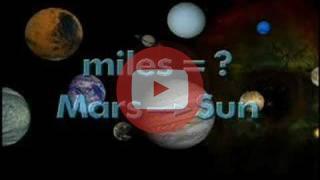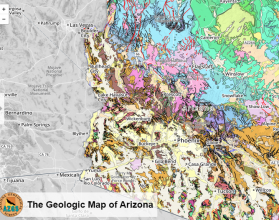Have you ever wanted to know how rainbows are formed? This video quickly and graphically demonstrates and explains how they are formed.
Earth Science
I show this volcanic eruption when trying to discuss the different types of eruptions. This one is called a lava dome eruption. Lava Dome...
Bill Nye the Science Guy describes how scientists and physicists might be able to stop an asteroid as it comes closer to Earth. He discusses the...
In this Earth Science lab, students will create their own homemade barometers using a canning jar, a balloon, and a straw. The barometers can show...
This lab will only work if you have Java on your computers. It should work fine on Windows machines.
In this digital Phet...
This is a cute song about soil that can be used as an introduction to soil for younger students.
A limnic eruption occurs when a poisonous gas gets "belched" out of the bottom of a lake where it was building up pressure. This video discusses...
Watch as a whole line of cars falls off into a ravine in this amazing amateur video. This would be a great video to show during a unit on erosion...
In this activity, students will determine the type of soil they have as well as figure out the pH level of the soil. Students will reinforce their...
This video explores the majesty of some of the diverse landscapes in Arizona.
In this Earth Science activity, students will gain a better understanding of what gases the atmosphere is made out of. Students will need to work...
If you don't know why stars can look like they are twinkly, then this video would be great to watch and show to your students.
This is an edited version of a documentary. I made it more classroom friendly by editing out the blood, dead bodies, and swearing as well as...
This TEDed video shows just how big the ocean is. It does a great job at putting the sheer size of the ocean into perspective.
In this video, students will witness the destructive power of an earthquake and learn about a fascinating phenomenon called liquefaction. This...
Why does swiss cheese have holes? I have to admit I never thought about it, but this video show how bacteria goes through processes that create...
What is Gluten? Why are there so many commercials about Gluten. In this short video you can get the simple answers.
This file includes all of the assignments, instructions, lab notes, labs, worksheets, and presentations to teach the first chapter of Earth...
This is an interactive digital glacier lab that will help students understand what glaciers are, what some of the formations and deposits look...
In this informative video, the question "Why do trees have rings?" is explored in detail. The presenter delves into the fascinating topic of tree...
This is an amazing video that takes the viewer on a fantastic voyage to observe the majesty of the nature of the Earth. This video can be used to...
This NASA video demonstrates how scientists compare distances between the planets and the sun using the measurement system, Astronomical Units. ...
In this exercise, students will use a Geologic map to discover what types of rocks, faults, and ages of those rocks are. They will read about the...

